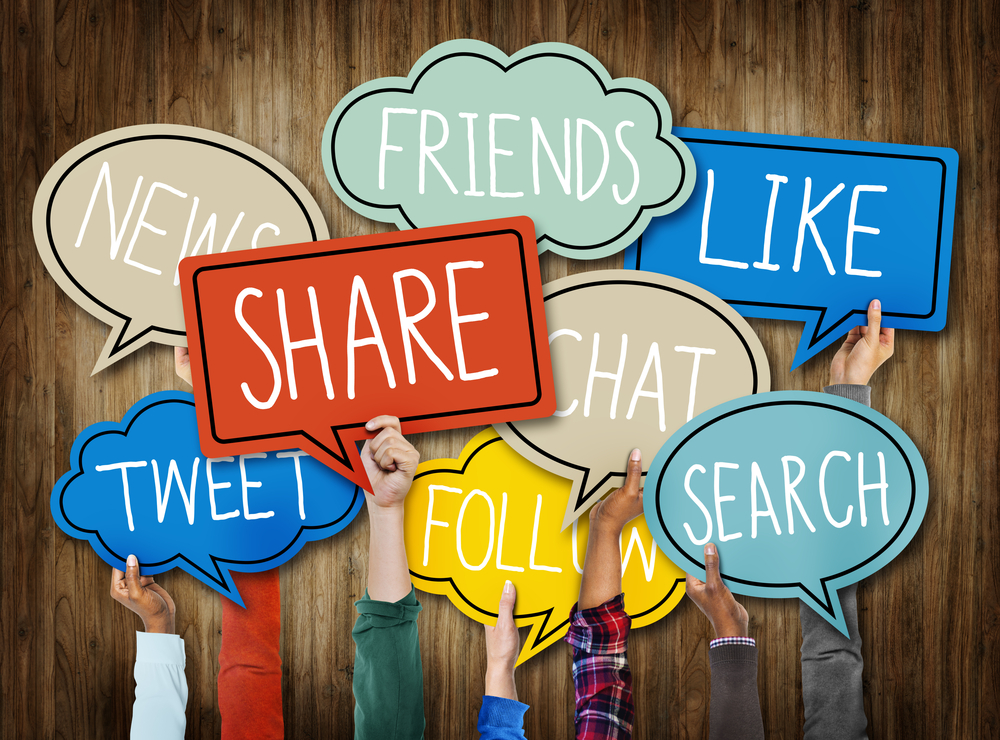Nearly half of the world’s 7.3 billion inhabitants use the internet. 73% of those people are considered active social media users. In fact, by 2020, it is expected that 95% of your rate paying customers will have either grown up during the age of digital technology or be considered “digital converts” and fully digital saavy. Digitally Engaging your customers is no longer a choice; if you aren’t using Facebook, Twitter, Instagram or YouTube to engage and communicate with your customers, you are missing a golden opportunity.
The utility sector has always been viewed by the public as “boring”, but we all know the utility sector is not only vital to our customers’ daily lives, but sometimes even interesting! Utilities are made up of interesting and innovative infrastructure, operated by dedicated and talented employees, and built upon a mission to provide essential services to the communities around us.
Like anything that is “new” and “different” integrating Social Media into utility communications can seem challenging when you start to consider all the necessary elements and policies, however, thousands of utilities are utilizing social media to communicate with their customers. Some of these utilities have seen very positive results: increased customer interaction, improved image in the community and repaired customer trust and relationships. These are all really important to have on your side when a storm or other disaster hits, when a rate increase is proposed or another potentially hot issue needs attention.
Those utilities that experienced such positive responses have several things in common. Consider the following when integrating Social Media into your communications plans:
1) Have a Plan!
Every Plan should have goals and objectives. A social media plan is no different. Why are you doing this? What do you hope to accomplish? Are you hoping to improve customer image? Communicate weather related issues and outages? How will you measure your success? Conduct surveys? Number of followers or likes? Change in number of phone calls received versus handled on your social media platform(s)?
2) Tell a Story
Customers do not connect with the utility, they connect with the stories that you share.
• Employee stories: Your employees are already dedicated and talented, but your customers don’t know this. Share short little stories that make your employees “just as human as your customers”. Consider grouping your stories into types of positions – a day in the life of a… “wastewater operator”, “lineman”, “meter reader”, “councilman”… etc.
• Customer stories: Every little pat on the back from your customers is worth sharing through Social Media. Or maybe you have those few customers who are actively engaged in your daily operations you could highlight. Maybe they show up to every council or other public meeting, maybe they take advantage of your rebate or other utility programs, or maybe they are always first to report any infrastructure issue in the community.
3) Photos, Photos, Photos
Studies show that people are spending less time reading and more time looking at photos. If you get a “tltr” (too long to read) response to one of your posts, you really need to consider integrating photos! Social Media platforms like Instagram (400 million active users upload 80 million photos each day) are built on the sole use of photos to tell stories.
• Photos of storm/weather related damage are always popular (only during or just after though, timing of photos is crucial). Posting photos during a storm also reminds your customers that you are aware of the issues out there (on the street level) and are working on them!
• Infrastructure photos. You might be surprised about how many photos your “on the ground” staff take with their smart phones while they are working. Keep them on your radar and work in a process to get a hold of some of those photos. Not everything will be applicable, but photos of infrastructure that has failed, has been fixed, is really innovative, saves water/energy/water quality, are all different views you could share—remember to mix it up. Sharing only failed infrastructure might send the wrong message.
• Beautiful views of the community. Create a “sense of place” for your customers. Mountains, sunsets, parks, flowers, spring, winter…some utilities have been successful holding “contests” to solicit local photos from their customers through Social Media.
4) Work Weekends
Ok, not really, but your customers spend more time on Social Media on the weekends, so you should try to schedule your posts to go out on the weekend when it makes sense. Social dashboards can help you do this efficiently, or if you are using Facebook, take advantage of the “scheduling” option. You can spend a couple hours in one day posting a month’s worth of posts, and schedule them to go out at a later date and time. If you can have someone monitoring those posts during the weekend, to generate quick responses, that would be ideal. Otherwise, just make sure you are only posting the higher profile issues at a time when you do have dedicated staff to respond to posts.
5) Give Thanks
If one of your customers takes the time to respond to or share one of your posts, or shares a positive message about the utility, take a few seconds to thank them. This small act of thanks with this one community member will be seen by and transferred across your followers, helping the utility gain that “human” element needed to become a trusted resource.
Resources:

